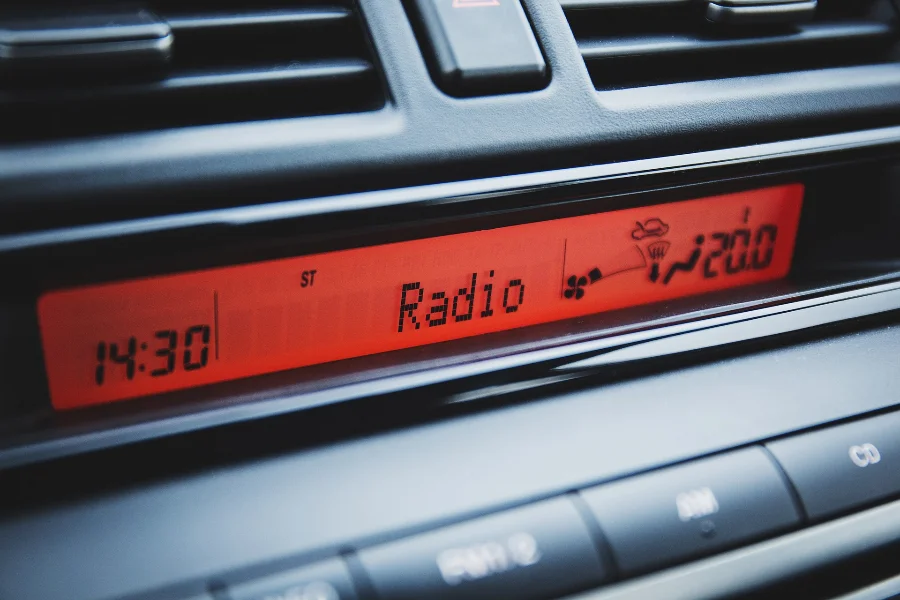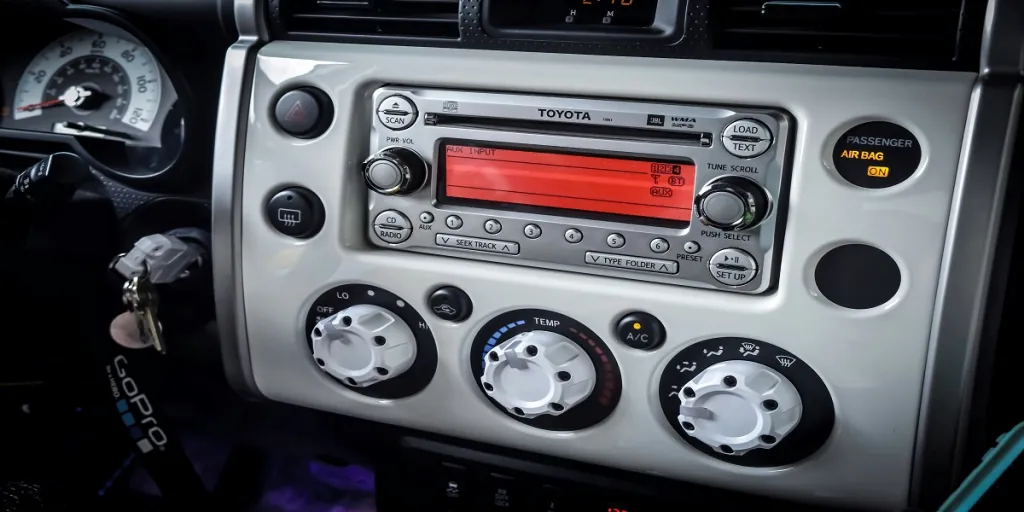The history of the car radio dates back to the 1920s and 30s, but its ongoing transformations have shaped pop culture, the music industry, and even road safety up until this day. It has also gone through several technological advancements, which have played an important role throughout its development.
The car radio is a reliable and convenient source of entertainment, but its impact is bigger than just its use in everyday driving. Here’s a brief breakdown of the history of the car radio and the ways in which it has influenced society.
Table of Contents
A history of the car radio
Types of car radios
Influence on society
Conclusion
A history of the car radio
Even with the increase in audiobooks, podcasts, and music apps, consumers still rely on the car radio to entertain them as they travel. Edison Research notes that 73% of Americans still use the car radio as their go-to audio source. In fact, consumers aren’t likely to lease or buy a car if there isn’t a radio tuner, according to a 2021 survey also by Edison Research. About 25% of Spotify listeners tune in the most while in their automobile.
The earliest known car radios were born in the 1920s through vacuum tube technology, which is a type of electronic technology. This device used a glass tube vacuum to control the flow of electric currents. While bulky, expensive, and not very practical, this technology was used in early television, radio, and computer equipment.
The first car amplitude modulation (AM) commercial radio was invented in 1930 by Joseph and Paul Galvin of Galvin Manufacturing Corporation (now called Motorola). The Motorola Model 5T71 was sold as a kit for car owners to install. Chevrolet began offering factory-installed radios in the 1930s.
In 1955, the company Blaupunkt introduced the first frequency modulation (FM) radio specifically for cars. Their Autosuper 5 model had a better sound quality and wider range of channels than AM radios. The 1960s brought in eight-track tape players, while car radio cassette players were introduced in the 1970s. In-dash compact disc (CD) players rolled out in 1985, allowing drivers to customize their driving experience.
Not only was technology advancing, but car manufacturers and digital entertainment companies (like Alpine and Pioneer) were collaborating to offer more premium stereo systems.
Types of car radios
Analog
Analog is the oldest type of radio, and the term analog refers to an electronic signal system that uses various signals to transmit radio waves. Analog radio signals are carried using the AM or FM of the carrier to interpret the audio information. These systems are prone to static, interference, and poor sound quality. Today, you may find analog radios in rural areas or in older vehicles.
Digital

The digital revolution for car radios began in the 1980s and 1990s, mostly replacing analog systems. Digital tuners offer a more crisp sound quality and better reception, and digital signal processing (DSP) welcomes more advanced features like noise reduction and equalization.
These systems use discrete signals to convert audio signals into a digital format, and then the information is transmitted into digital data. That data is decoded by the radio receiver using special hardware and software, resulting in a high quality sound. Unlike analog, digital radio has little interference and static.
Satellite
Satellite radio is a type of digital radio. In this type, signals are received from satellites in orbit, allowing for a wider range of channels. To access satellite radio, listeners use a satellite radio receiver which is typically activated through a subscription service.
Currently, there are several satellite subscription companies like SiriusXM and iHeartMedia. In addition to exclusive content and customizable channels, this radio service has superior sound quality and a plethora of programming channels.
Smart technology
The newest type of car radio involves smart technology that offers way more than just listening to music. Today’s car radios include smart technology “infotainment” that lets drivers connect their smartphones to their vehicle through Bluetooth connectivity or USB ports.
Smart technology radios connect to the Internet, display maps and navigation, and access music streaming services. Some car manufacturers even have integrated touchscreens.
Influence on society
Drive-in theaters
In the early 20th century, car radios were used to transmit the sound of films through a vehicle’s audio system. By tuning to a specific radio channel, drive-in theaters let drivers watch a movie and hear it as a mobile and comfortable form of entertainment.
Music promotion
The car radio has long been an outlet for record labels to promote their artists and music. Musicians rely on radio stations to help boost exposure and record sales. Although online streaming services have largely replaced traditional radio, the radio still remains a vital way for local and independent artists to gain a fanbase.
Radio formats
In the 1970s and 1980s, radio stations began to offer more musical options to cater to different audiences. There was a boom of rap, R&B, rock and roll, country, jazz, and talk radio stations. This diversity led to radio personalities and disc jockeys (DJs).
Road safety

Since the invention of the car radio, these devices have played an important role in public health. Emergency management officials use the car radio to broadcast natural disasters, evacuation orders, and Amber alerts.
Starting in the 1960s and 1970s, local television stations began reporting on traffic accidents and regular traffic reports. In today’s age of distracted driving, there are laws and social campaigns to encourage drivers to stay alert and aware while driving. Most car manufacturers now include advanced safety features like voice-activated controls, touchscreen, and systems that automatically adjust radio volume based on speed.
Conclusion
The car radio offers more than just music. Its evolution has revolutionized the driving experience from road safety improvements to choosing a radio format. By learning the history of the car radio, the market can see how far the sector has advanced and look forward to what the future of the car radio can be. As technology evolves, it will be interesting to see how the car radio continues to adapt and change with the times in the years to come.




